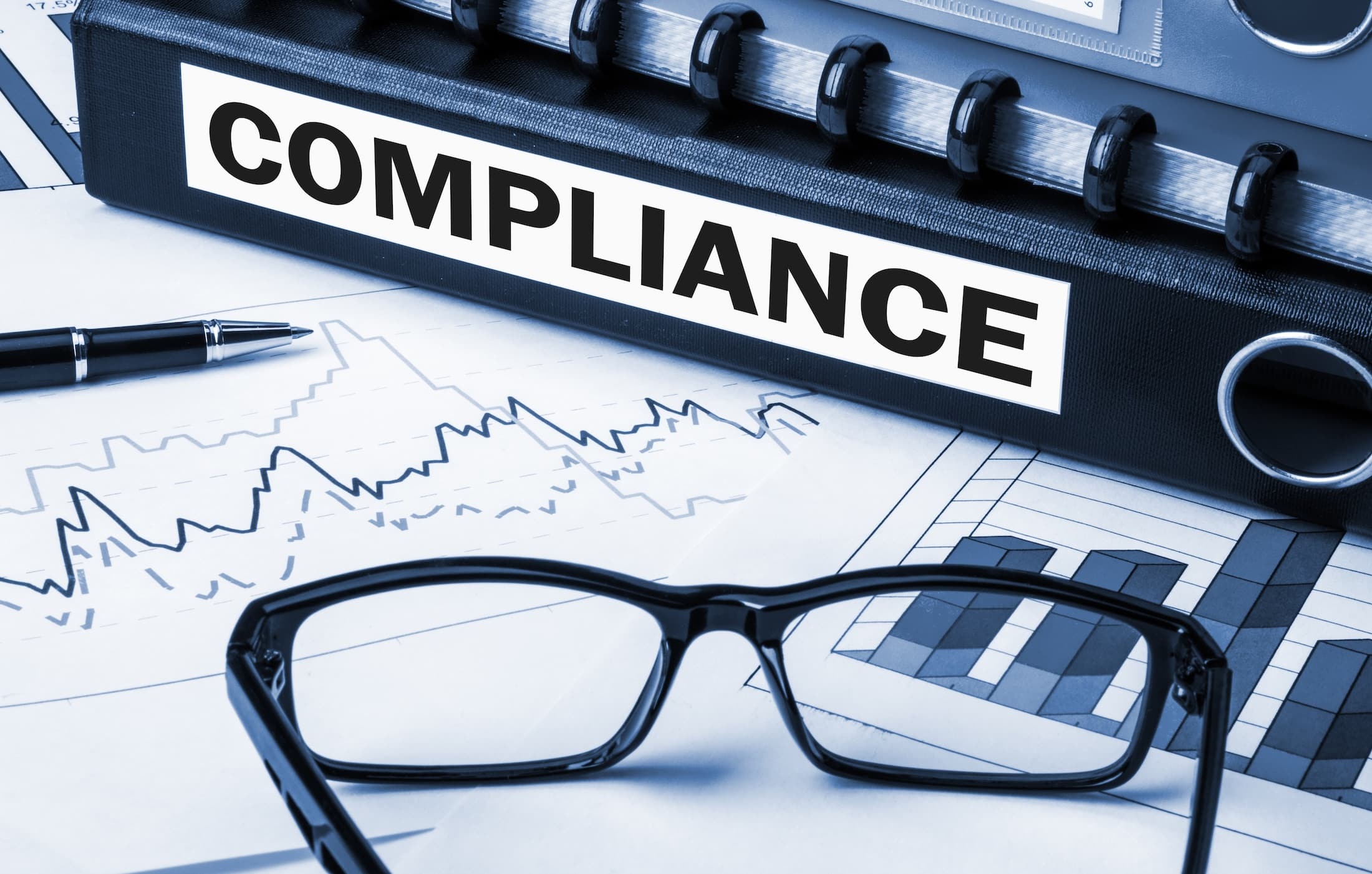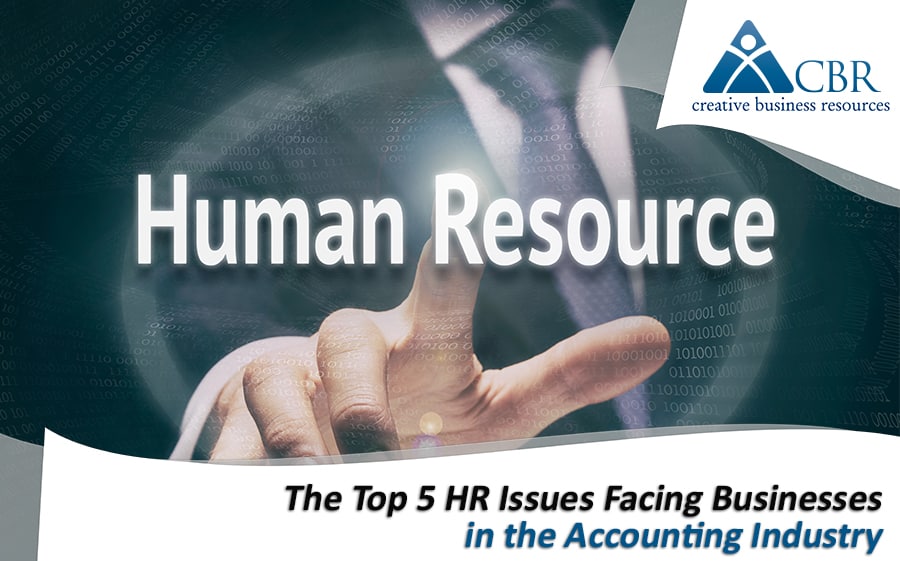Diversity and inclusion are not things that just happen. Creating diverse, safe, and equitable work environments requires focus and attention. So, how do you do it? Read on; we will cover it all and include some best practices to ensure your office benefits from a diverse and inclusive workforce.
Diversity and Inclusion
Diversity and inclusion are the pursuit of workplaces in creating equal opportunities for all employees. These efforts may be made through surveys, inclusion training, company policies, and eliminating discrimination consciously or otherwise in any level of operation, regardless of demographics.
Demographics like:
- Race
- Ethnicity
- Gender
- Gender identity
- Sexual orientation
- Country of origin
- Age
- Pregnancy
- Disability
- Veteran status
- Citizen status
Diversity and inclusion are not the same thing, though they do occur at the same time often.
Diversity refers to the presence and equal representation of employees of different races, ethnicities, genders, gender identities, and other unique demographics within an organization or workplace.
Inclusion is when all employees, regardless of demographics, have the same opportunity, engagement, and respect in the workplace.
How are diversity and inclusion different?
Diversity focuses on representation or the make-up of an entity. Having members of the workforce from different demographics. Meanwhile, inclusion is about how the different groups’ presence, perspectives, and contributions are valued in the organization.
6 Best Practices for Diversity and Inclusion
You want your business to be diverse and inclusive. Here are six practices you can put to work in your organization right away to enhance your approach to diversity and inclusion.
1. Establish a Sense of Belonging
It is crucial for all of your employees to feel welcome in their workplace, as employees who feel that welcome and valued are more likely to perform well. You can start this process right at the date of hire. To establish that sense of belonging, develop welcoming procedures for new hires as a part of the onboarding process. It can include scheduling brief meetings between the new hire and more experienced staff, welcoming gifts and packages, conversation games, or even a dedicated new hire lunch. Anything that shows a new hire that they are valued, welcome, and worth it to the organization and not just another employee to fill a seat.
2. Be Fair
This is obvious, and most employers and HR professionals would say they are, but it is so incredibly important. In all practices of your business, implement policies that are based on objectiveness without bias. Train managers to approach all situations with objectivity and fairness, ready and able to apply equal praise (or disciplinary action as required) to every employee.
3. Offer Equal Opportunities For Advancement
Creating and keeping a diverse and inclusive business requires equal advancement and growth opportunities. Provide all members the same opportunities to develop their skills, seek promotions, and advance. Similarly, always consider employees based on their performance, experience, and skills, regardless of other demographics.
4. Revise Job Descriptions And Ads
If you want to create a diverse and inclusive workplace, start with your ads. This one may not be obvious, but it’s huge because it is the first place your future employees will engage with your business. Revise your job descriptions and recruitment ads to be inclusive and speak to a diverse audience. This will foster a diverse recruitment environment as more employees from different backgrounds will consider applying. Look for words that may be overly gendered one way or the other. Consider the power of your word choice and the psychological effect some may have. Then, use welcoming, neutral language to bring in the new employees.
5. Support Individualism
Offices that place too much importance on conforming have the side effect of creating environments that are not diverse or inclusive – after all, to what ideas of professionalism, etc., are the workers to conform? Instead, support employees’ individualism, as those differences make them unique and can bring winning perspectives to the team and help them feel valued. Allow some flexibility in dress, and allow employees to discuss and share their hobbies, interests, and experiences.
6. Educate Employees
Educate your employees on diversity, inclusion, and their place in creating an equal and positive workplace. This will continue to help those employees feel empowered to support each other and foster an environment that values the diversity of its people. Invest in diversity and inclusivity training seminars to give your employees the same tools to treat each other with respect, consideration, and value.
These are just six of the many ways you can foster a diverse and inclusive workplace. The effort spent will create a more cohesive, productive, and satisfied workforce who will, in turn, perform at their best – because they know they are valued and that each of their unique perspectives is important.
Enjoy services specifically tailored to meet the needs of small and medium-sized businesses like yours.































